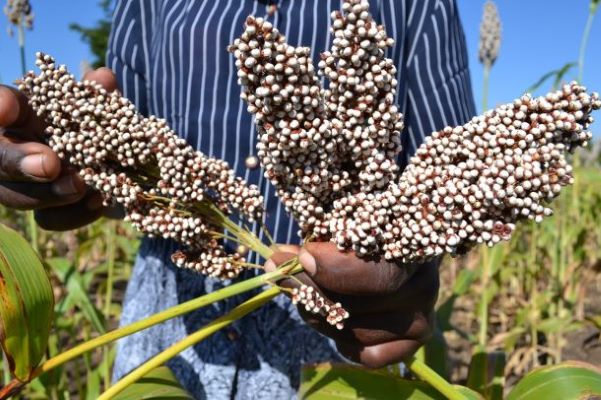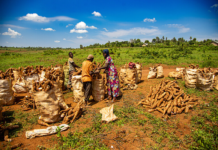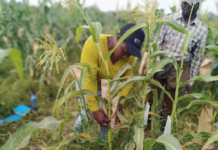By Zablon Oyugi
Drought stress occurring during the critical growth stages of sorghum, including pre- and-post flowering period of the crop, has had a detrimental effect on grain quality.
In fact, surveys conducted in Ethiopia, Burkina Faso, and Nigeria indicate that severe drought during the pre- and post-flowering growth stage is a major sorghum production constraint making drought stress the most yield-limiting factor for sorghum production in Sub-Saharan Africa (SSA).
As a result, concerted breeding efforts have been required to develop drought-tolerant cultivars to urgently mitigate the effects of drought stress and improve sorghum production in SSA.
And now, scientists drawn from the African Centre for Crop Improvement, the Institute of Agricultural Research (IAR), the International Maize and Wheat Improvement Center (CIMMYT), and the University of Life Sciences have discovered drought-resistant, high-yielding sorghum varieties that have the potential to revolutionize agriculture in dry regions of Africa.
According to the researchers, the varieties thrive under adverse conditions, yielding promising results and providing hope for many farmers whom for a long time have grown sorghum, a staple food for millions in SSA.
In their study, Response of African Sorghum Genotypes for Drought Tolerance under Variable Environments, the scientists looked at 225 sorghum types in various conditions, including non-stressed conditions and pre- and post- flowering period drought stress.
In this, the researchers applied the most advanced statistical analysis such as the additive main effects and multiplicative interaction (AMMI) method, to identify the most resilient and high-yielding genotypes.
And the results revealed a vast diversity in the genetic resources of sorghum and provided a pathway for selecting promising genotypes for regions prone to drought.
Additionally, the study highlighted the significant impact of environmental conditions on grain yield, with the varieties showing variable responses to different growing environments.
For instance, genotypes (varieties) G56, G157, G8, and G152 were highly tolerant to pre- flowering period drought stress based on yield performance and drought tolerance ranking, while the genotypes G144, G115, G157, and G08 were selected with tolerance to post- flowering period drought stress
Genotypes G144 (Kaura Short Panicle-1) and G157 (Kaura Mai Baki Kona) displayed higher grain yield in drought-stressed environments and were among the top performers.
According to AMMI, appropriate genotypes for all locations or for specific locations were identified, with the following genotypes, G119 and G127, with grain yields of 5.6 t/ha and 6.3 t/ha, respectively, chosen as suitable for non-stressed conditions due to their stability and high yield.
Not only do these genotypes outperform registered cultivars, but they also possess traits valued by farmers, making them ideal candidates for future breeding programs.
Farmers in dry areas of sub-Saharan Africa that are characterized by pre- and post- flowering period drought stress stand to gain a great deal from these newly identified sorghum strains.
Adoption of these high-yielding and drought-resistant varieties could enable African farmers, especially those in SSA, increase food production and strengthen their resilience against the effects of climate change.








